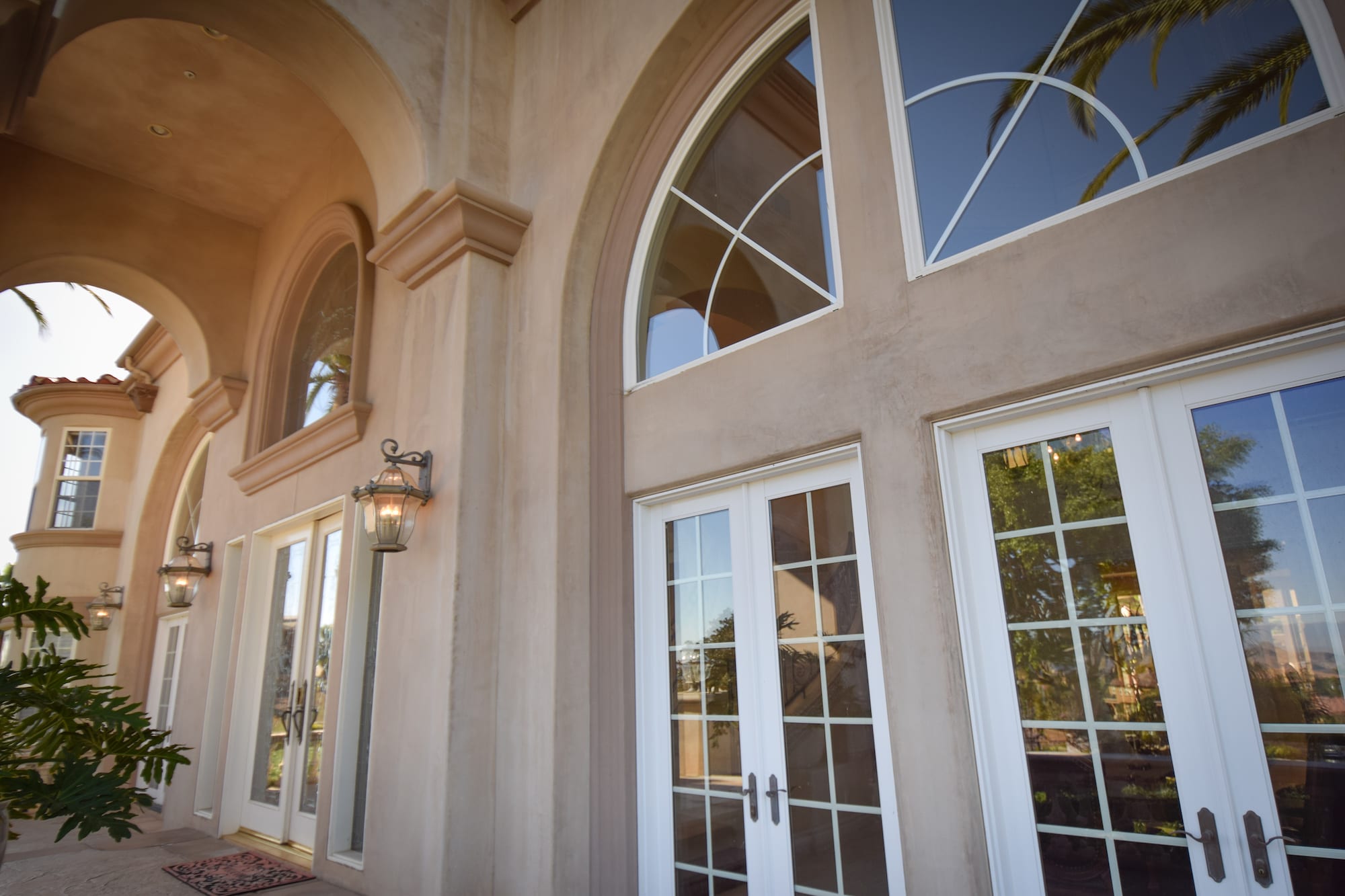Residential Window Tint: A Guide to Selecting the Right Shade
Residential Window Tint: A Guide to Selecting the Right Shade
Blog Article
How Residential Home Window Tinting Boosts Your Home's Power Effectiveness
Residential home window tinting provides an engaging remedy for home owners looking for to enhance power effectiveness within their living rooms. By using specialized films to windows, it efficiently reduces warm transfer, thus supporting indoor temperature levels and minimizing the requirement for too much heating or air conditioning.
Comprehending Home Window Tinting
Comprehending home window tinting is essential for homeowners seeking to improve both convenience and energy effectiveness in their living spaces. Residential Window Tint. Window tinting involves the application of a thin movie to the interior or outside surface area of glass home windows. This movie can substantially modulate the amount of sunshine and warmth that gets in a home, thus influencing interior climate problems
There are numerous types of window tinting movies readily available, each with distinctive homes. The efficiency of window tinting is typically gauged by its Visible Light Transmission (VLT) percent, which suggests how much light can pass via the movie.
Advantages of Energy Effectiveness
Window tinting not just boosts looks however additionally plays a substantial role in improving energy performance within residential rooms. By lowering heat transfer through windows, tinted films create a much more stable interior environment, which can bring about significant reductions in power intake for heating and air conditioning. This power effectiveness translates into lower energy costs, offering homeowners with significant lasting financial savings.

In addition, window tinting improves the comfort of living areas. By lessening glare and blocking unsafe UV rays, colored home windows develop an even more enjoyable environment, which can bring about boosted well-being for owners. The defense versus UV rays also helps protect furniture and floor covering from fading, adding to the longevity of household products.
How Tinting Functions
Tinting films operate through a mix of sophisticated products and innovations developed to regulate the amount of solar power entering a home. Mainly made up of polyester, these movies frequently include metallic or ceramic fragments that take in and show heat. This double capacity enables them to significantly decrease the penetration of ultraviolet (UV) rays and infrared radiation while allowing visible light to go through.
The effectiveness of home window tinting is gauged by its solar warmth gain coefficient (SHGC), which shows just how much solar power is sent through the window. Reduced SHGC values are preferable as they denote higher warmth denial. Furthermore, home window colors can include a variety of tones, enabling house owners to tailor their visual preferences while enhancing power efficiency.
Furthermore, these films function as an obstacle, protecting against warmth loss throughout cooler months by mirroring interior heat back right into the home. This thermal insulation result complements the cooling benefits gained during warmer months, adding to a well balanced interior climate year-round. By handling solar power successfully, residential window tinting not just enhances convenience but likewise plays a vital duty in reducing power usage and decreasing utility costs.
Selecting the Right Color

There are different types of home window movies readily available, including dyed, metalized, and ceramic. Ceramic films offer exceptional warm control without endangering presence and are highly long lasting, making them a prominent selection.
Noticeable light transmission (VLT) is an additional crucial aspect, this post as it suggests the amount of all-natural light that can pass through the colored glass. Property owners need to pick a color with a VLT that enhances their lights preferences while still supplying adequate glow decrease.
Furthermore, evaluating the solar warmth gain coefficient (SHGC) can help determine exactly how well a tint can obstruct warmth from sunlight. A reduced SHGC shows better warmth control, ultimately improving power performance.
Installation and Maintenance Tips
Correct installment and upkeep are essential elements in taking full advantage of the advantages of property home window tinting. To accomplish optimal results, it is a good idea to hire a certified specialist for installment. This guarantees that the tint is used correctly, staying clear of air bubbles, wrinkles, or misalignment that could endanger efficiency. Specialists likewise utilize specialized devices and strategies, which can improve the toughness and performance of the tint.
Adhering to installment, maintenance is important to lengthen the life of the window film. It is advised to wait at the very least one month before cleansing the colored windows to enable the glue to heal fully. When cleansing, make use of a soft fabric and a gentle, ammonia-free cleaner to avoid harming the film. Prevent abrasive materials that could damage the surface.
Dealing with these problems next quickly can protect against additional damages and keep energy efficiency. By adhering to these installment and upkeep ideas, property owners can guarantee their window tinting proceeds to supply substantial power financial savings and comfort for years to come.
Verdict
In final thought, property home window tinting offers as an efficient solution for enhancing energy performance within homes. By lowering warm transfer and blocking hazardous UV rays, window movies contribute to decrease energy consumption and improved indoor comfort.
Home window tinting involves the application of a thin film to the interior or exterior surface of glass home windows. By decreasing warmth transfer with home windows, tinted films develop a much more stable interior climate, which can lead to substantial reductions in power usage for heating and air conditioning.The efficiency of window tinting is measured by its solar heat gain coefficient (SHGC), which indicates just how much solar energy is sent with the home window. By handling solar energy successfully, property home window tinting not just boosts convenience yet additionally plays an essential duty in decreasing power usage and lowering energy bills.
By decreasing warm transfer and obstructing unsafe UV rays, window films contribute to reduce power usage and improved interior comfort.
Report this page